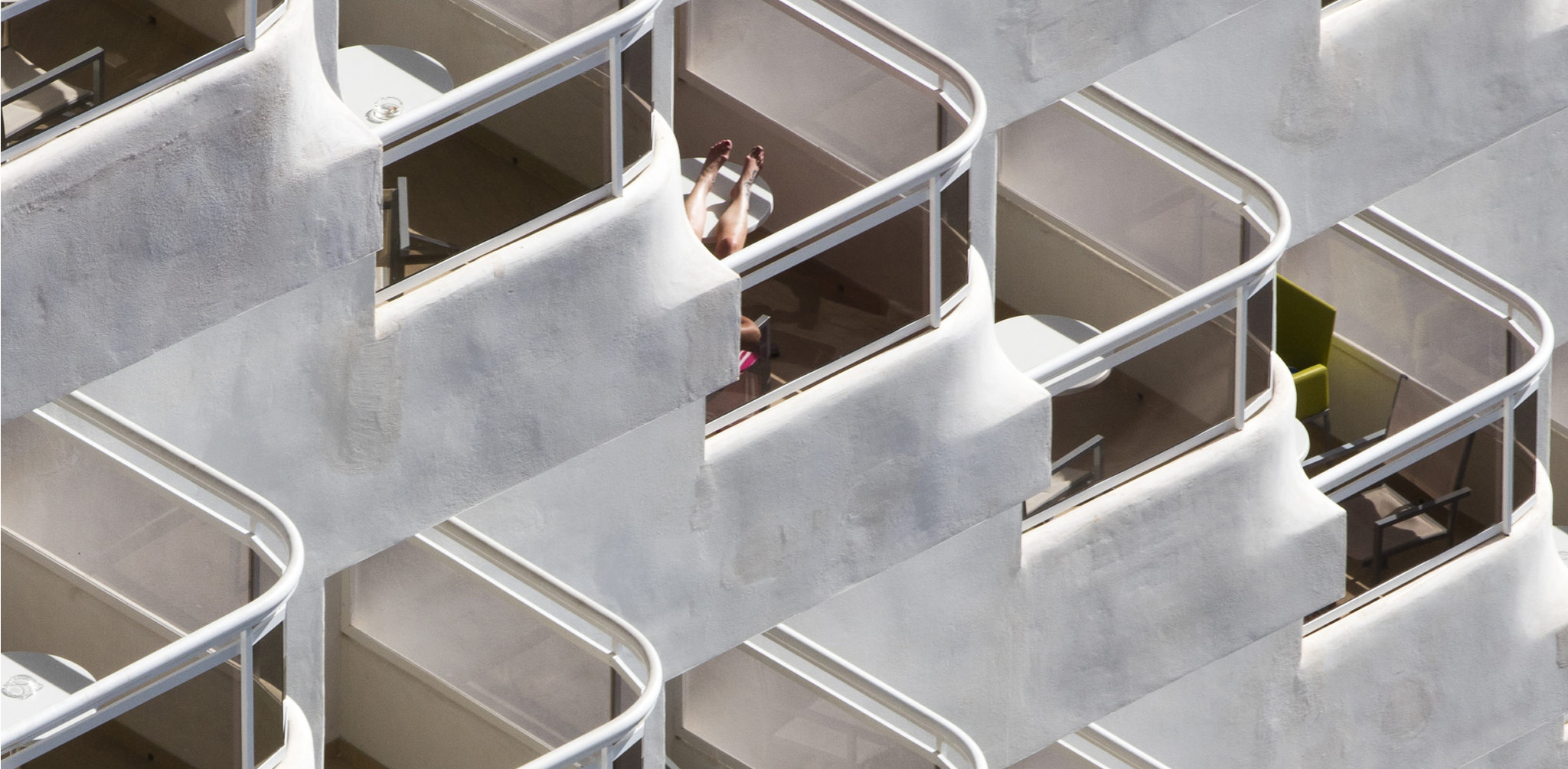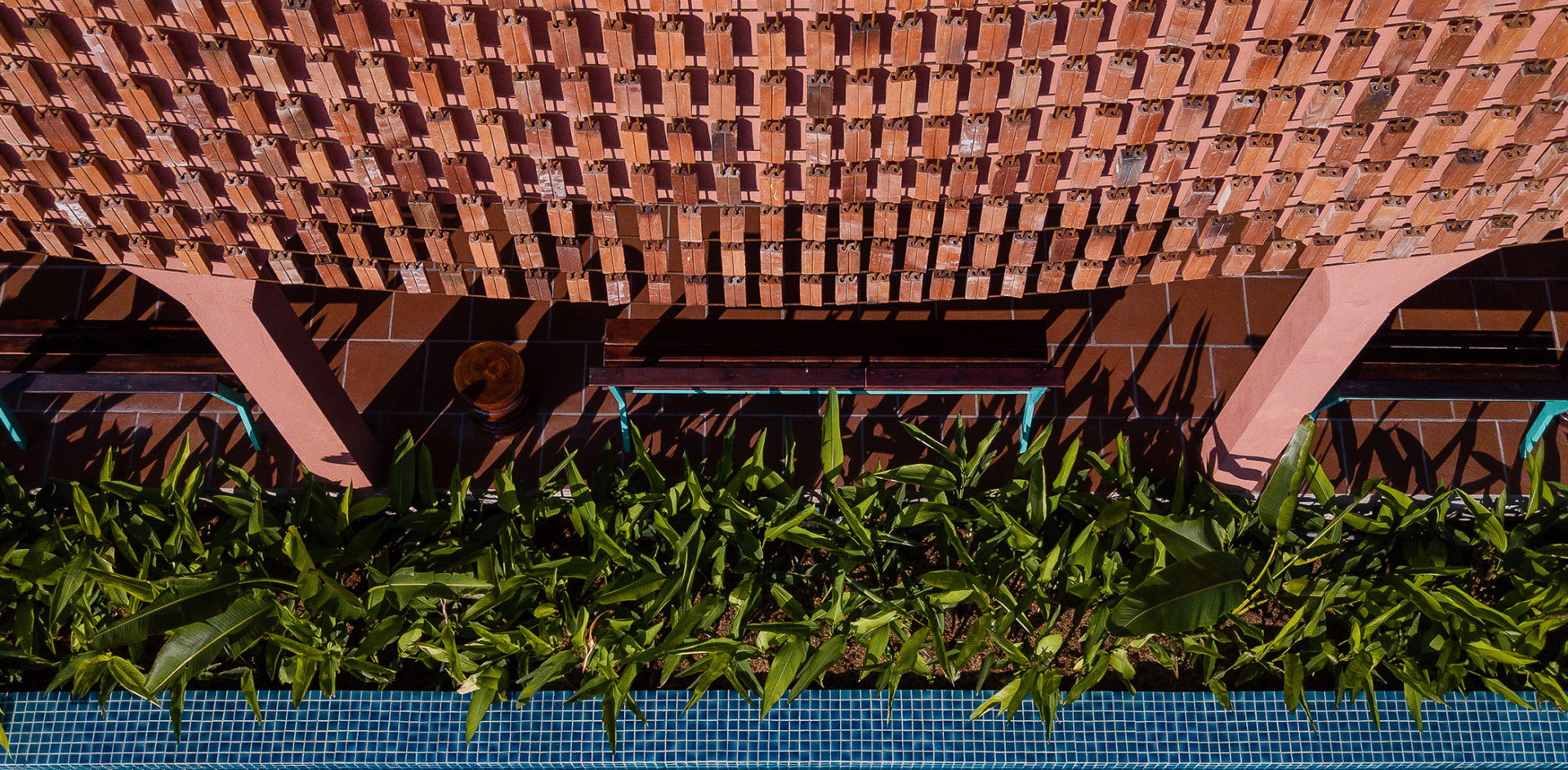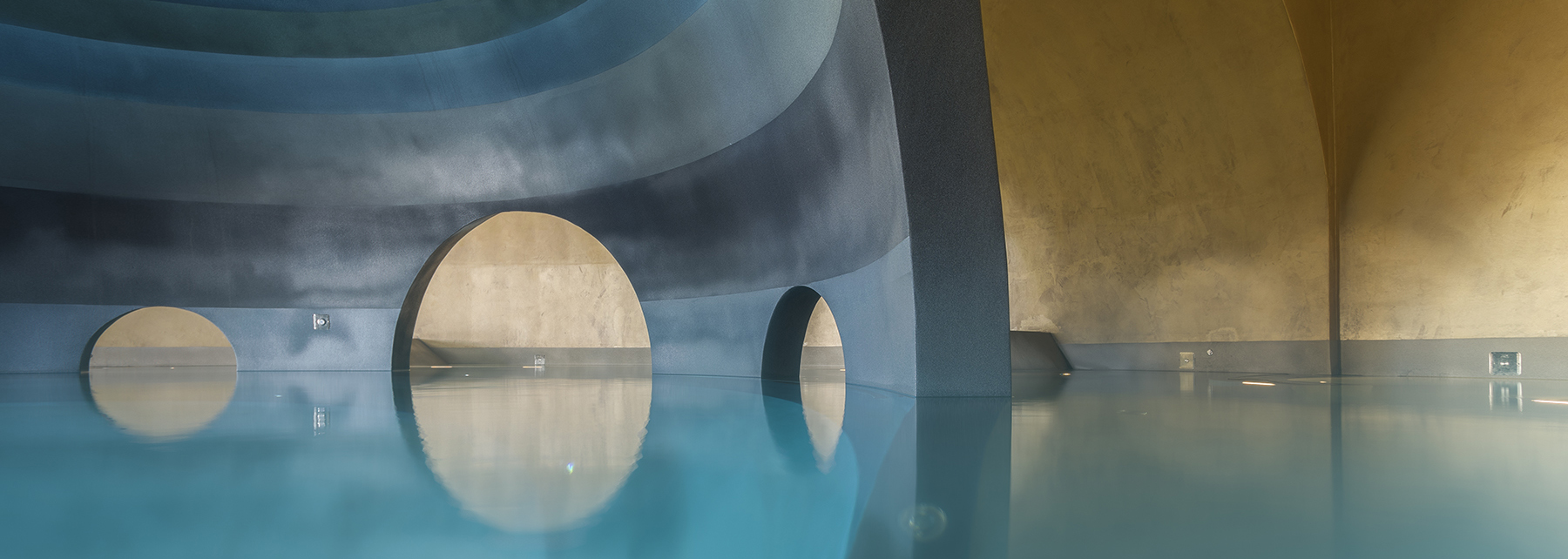There is something fundamentally pleasing about finding order in the chaos of the real world. Pattern motifs appear everywhere, both in nature and in our built environment, and their repetition brings a sense of familiar understanding that is comforting to the human psyche. Recurring objects may appear so frequently in our lives that often we don’t recognize them as patterns at all: from the clothes that we wear to the streets we walk down, or the stars in the sky, and even our daily routine is a pattern in itself. In architecture, visual patterns and linear repetitions are essential; repeating features in both structure and finish are critical in modern building processes, with many architects choosing to emphasize and exaggerate these aspects in their designs.
Photography captures and amplifies the pleasing repetitions that surround us and add vital rhythm to our daily lives. Clever framing and cropping can remove the context from an image, helping photographers to isolate a pattern from the rest of its environment. This technique can help the viewer to appreciate the intricacies of the “pattern” without distraction. These seven finalists from the 2020 One Photo Challenge expertly capture architectural repetition to create images bursting with impact.
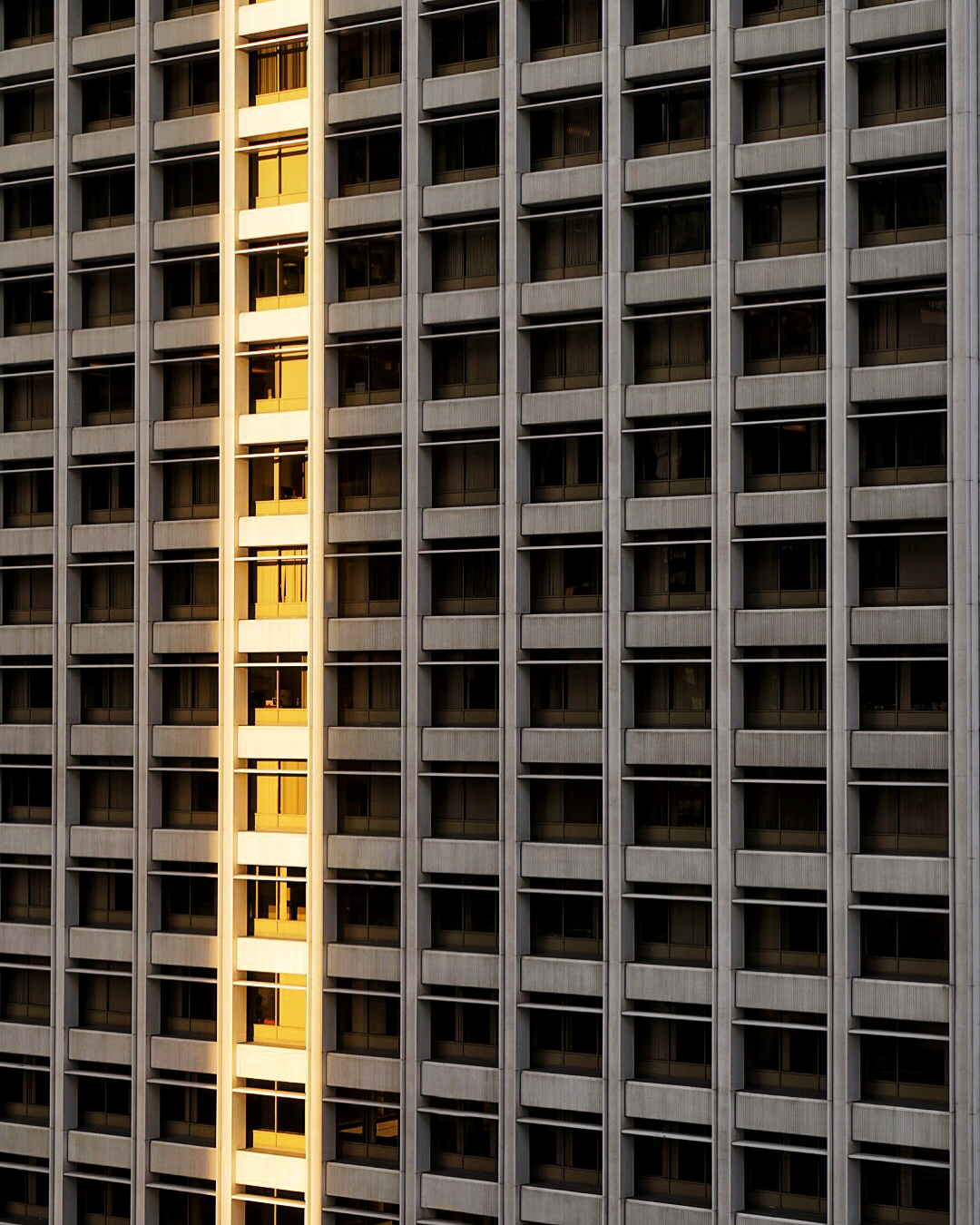
View from Room 1604 by Tiffany Liem
Isolating Repetition
There are several ways for photographers to successfully capture repeating objects. The most favorable of these ways is to isolate a shining instance of repetition. Meaning, the photographer zooms in to a specific point and crops their image so that the pattern or repeating object fills the entire frame, often spilling slightly beyond the boundary. This technique creates a busy but exciting composition. The photo’s crowded feel encourages the viewer’s eye to explore the entirety of the image to find anything hidden. The photographer can create two very different viewing experiences by encouraging viewers to look at the picture up close or from a distance.
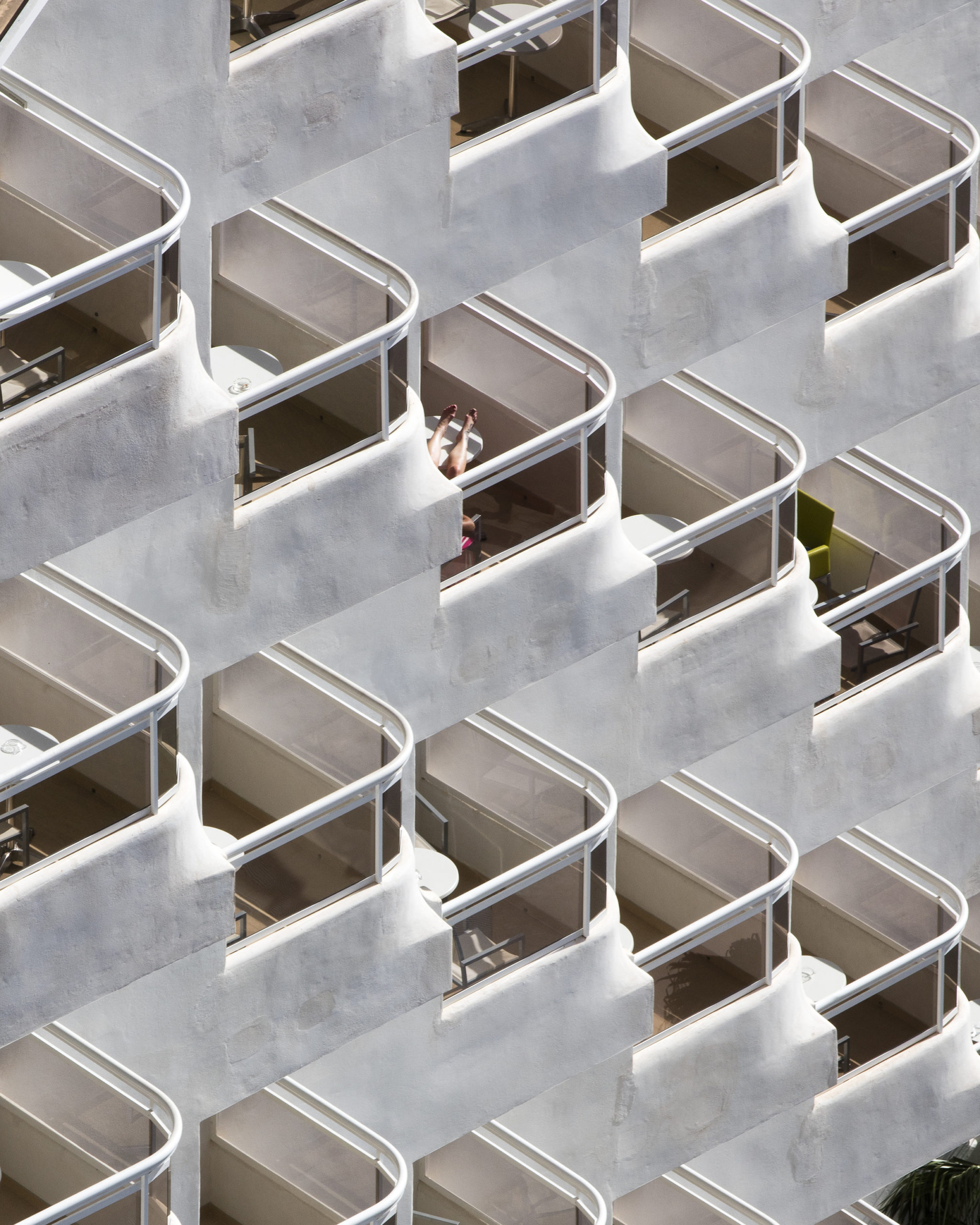
Benidorm Balconies by Luke Hayes
Random Rhythm
Patterns do not always need to be uniform for our mind to recognize them—think, for example, about how the rhythm of a song pattern can be distinguished only when the underlying notes remain familiar. In photography, similarity in color and texture—independent of form—can be enough for the human eye to perceive it as a pattern. These coincidental patterns are most often found in nature but can occasionally be seen in architectural photography too. Rows of streets from above, queues of traffic and windows on an office tower are good examples of Random Rhythm.
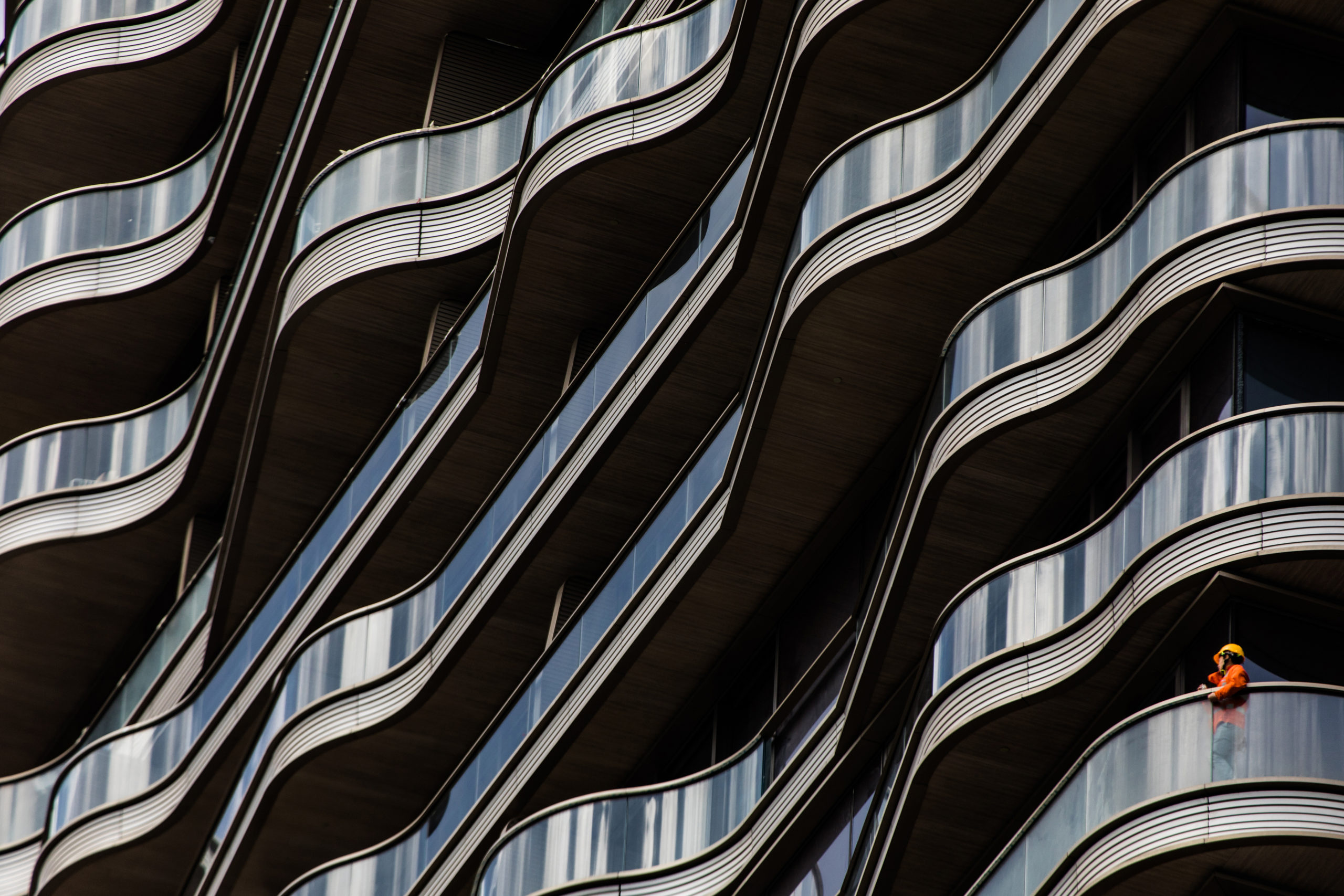
Surfing in the wave by Ryan Tsui
Capturing Chaos
A repeating subject matter in a photograph can sometimes remove the focal point of an image. Having no focal point can do two things that detract overall from the power of the photo. When the viewer’s eyes are not intentionally drawn to one particular spot, they flash across the picture from point to point. This rapid eye movement creates an internal sense of chaos that can be manipulated and explored when capturing complex scenes. Additionally, a lack of focal point also allows the photographer to tell more than one story within their image. By including more than one scene or point of interest, they provide the viewer an opportunity to explore many scenarios in one frame—think of how “Wheres Wally?” has captivated generations of audiences.
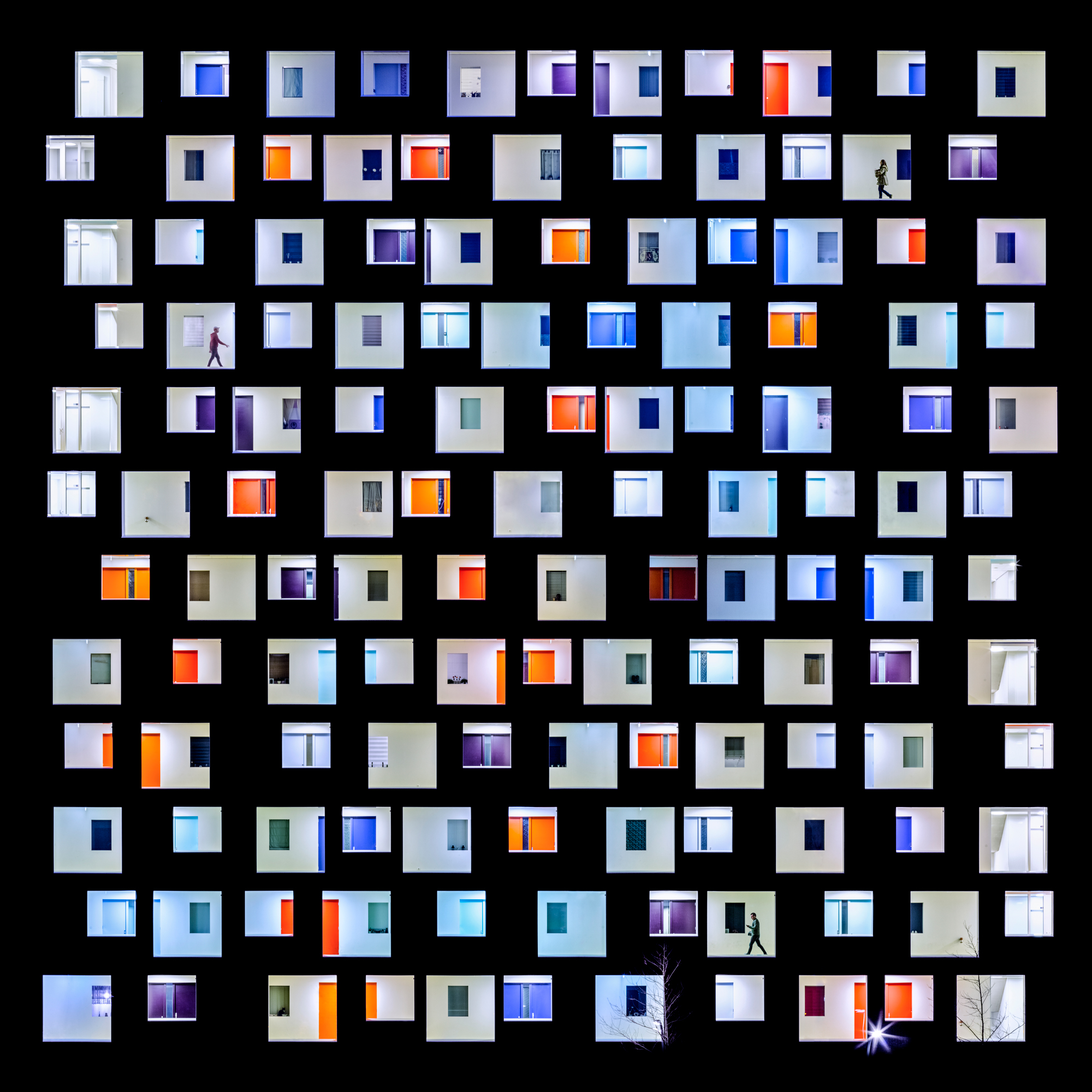
Corridors of Insomnia by Paul Brouns
Progressive Rhythm
Repetition can remove a focal point altogether, but the opposite approach can also be explored to great effect. Repetition also be can be harnessed as a way of emphasizing a single focal point. Progressive Rhythm in photography is a technique used to lead the eye to a certain point of focus, most commonly an object or a person. By combining recurrence and perspective while creating depth in an image, the photographer can draw the eye towards a particular point. The artist can create a result that is a dynamic and energetic image.
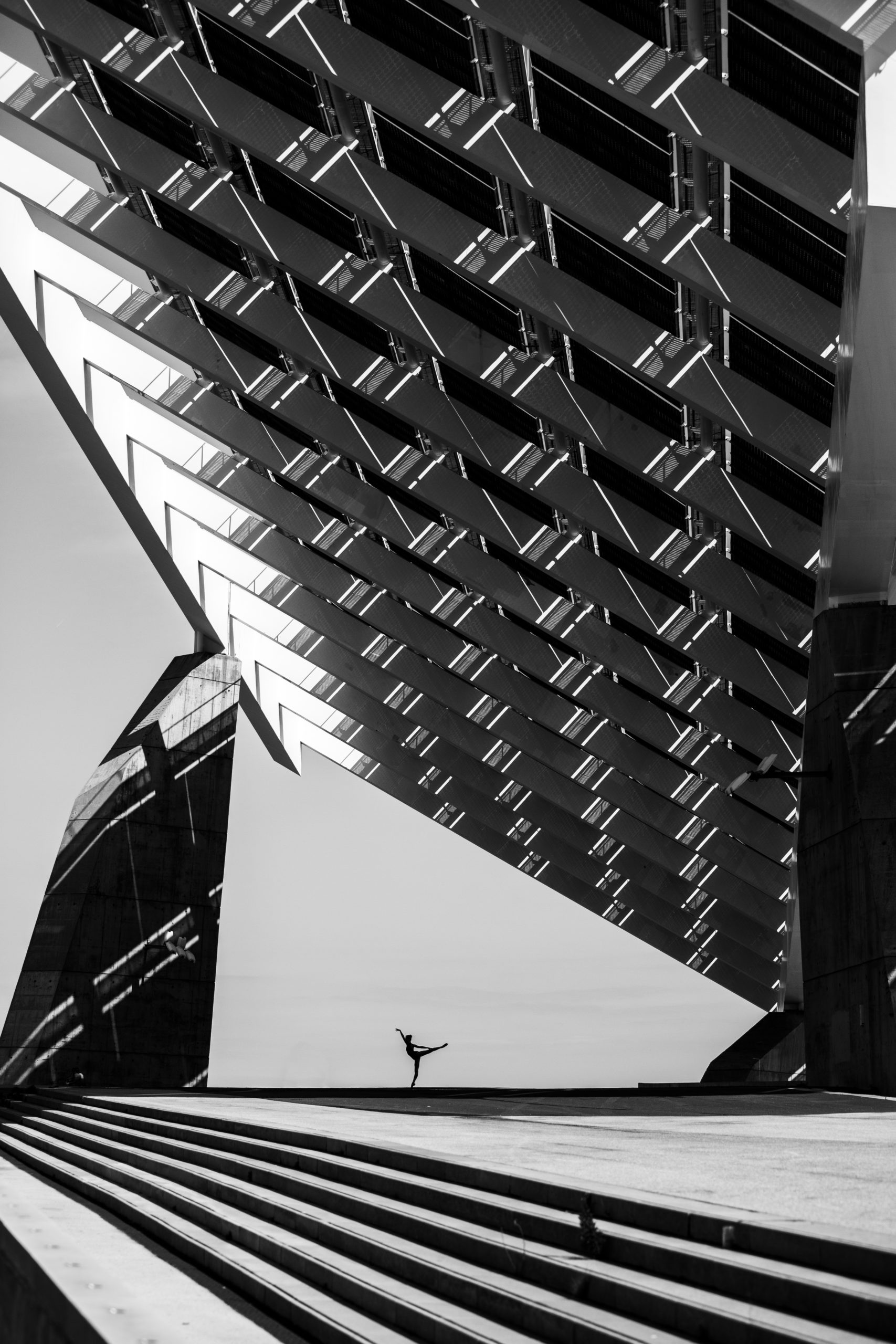
Sensing the lines by Tommaso Giuntin
Breaking an Image
Photography repetition should be practiced with care and consideration; after all, repeating items in shots can quickly become boring. Although familiarity can be comfortable, the human mind is complex. Too much of one thing can be perceived as predictable, but popular techniques are used to help avoid repetition becoming monotonous when shooting architecture. Often referred to as “creating a spot” or “breaking an image,” in simple terms, this involves the photographer interrupts the flow of a pattern by changing or removing one of the repeating elements. Breaks can occur naturally or can be manipulated by the photographer.
By breaking the image, the photographer forces the viewer to take a second look at the picture to fully recognize the discrepancy and contemplate its purpose. The idea of a break in an image can also give the eye a resting place, helping to create a point when the eye can settle and explore deeper. This can completely alter the way a viewer interacts with an image.
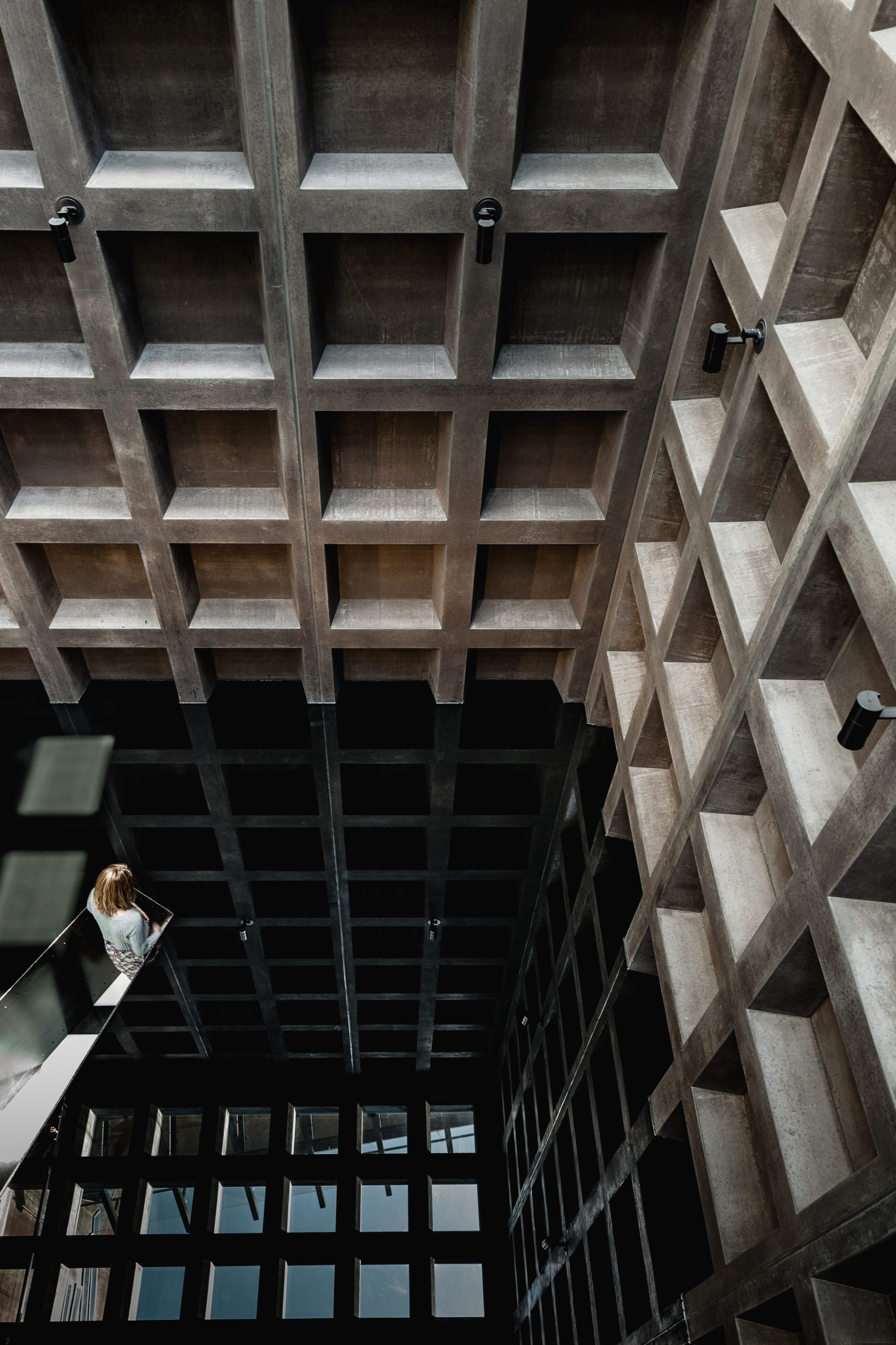
Black Skies by Mitchell Lowe
There are many techniques to be explored and implemented while practicing repetition in architectural photography; indeed, the continuous patterns and linear repetitions in architecture make it the ideal subject matter to investigate this technique’s impact. By understanding and consciously considering the rhythm, pattern and rest of the viewing experience and then combining it with other tried and tested photography tricks like the rule of thirds or exploring depth of focus, photographers can create incredibly impactful images.
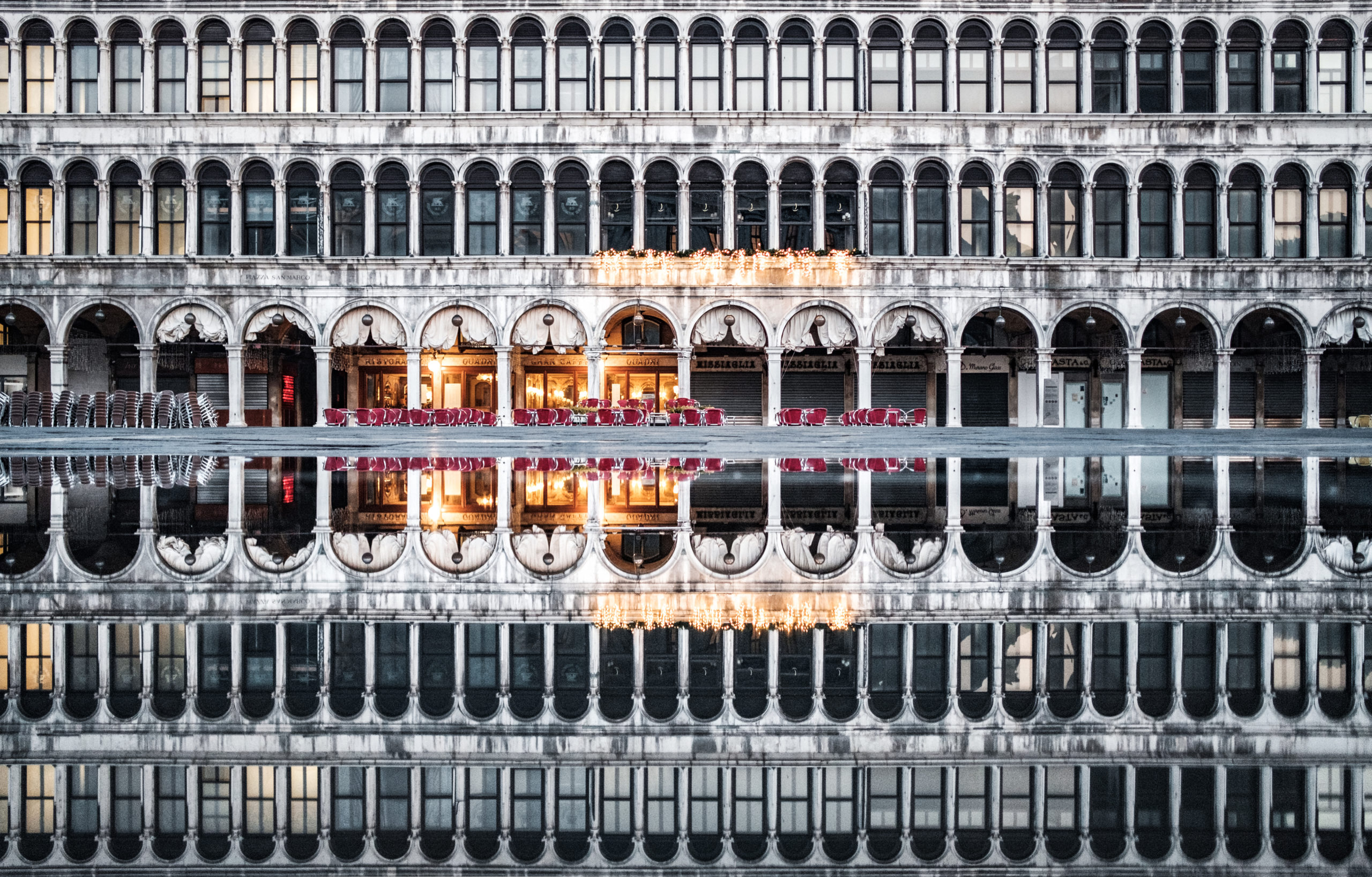
Procuratie Vecchie Venezia by Marco Petrini
For more information about the world’s largest architectural photography competition, check out the FAQs, the Jurors Page and the Judging Criteria. We can’t wait to see your photographs, and share them with the world.
